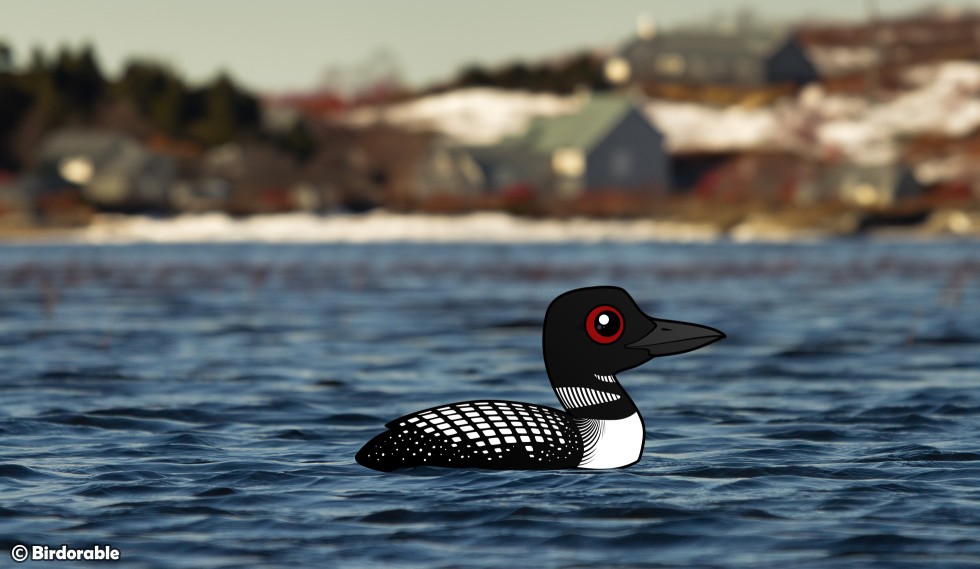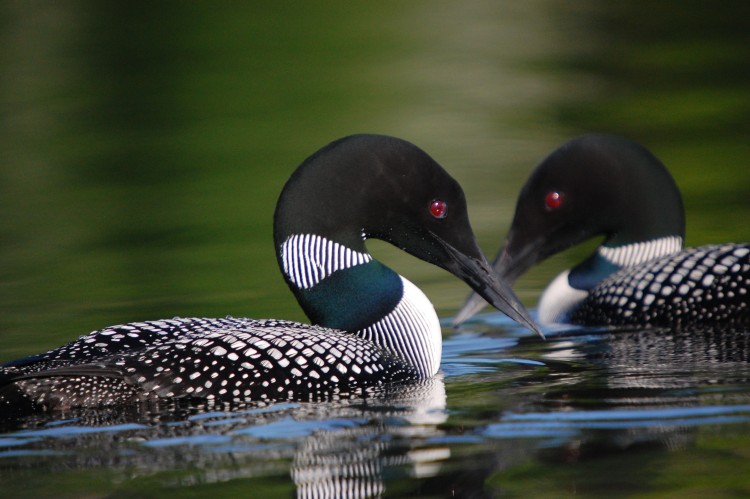Meet the Birdorable Common Loon: A Symbol of Northern Wilderness

The Common Loon, also known as the Great Northern Diver, is a sight to behold for bird enthusiasts and casual observers alike. With its distinctive black-and-white plumage, piercing red eyes, and haunting calls that echo across northern lakes, it’s no wonder that this bird has captured the hearts of many. Recognized for its remarkable diving abilities and significant presence across North America and parts of Greenland and Iceland, the Common Loon is a fascinating subject that has recently topped the list of most-requested birds on Birdorable.
One of the most striking features of the Common Loon is its impressive wingspan, which can reach up to 5 feet. This, coupled with its specialized body, allows it to dive up to 200 feet deep in search of fish. It's this adept hunting skill that ensures the loon's survival in its aquatic habitat, making it one of the most skilled divers among birds.
They prefer freshwater lakes and ponds during the breeding season, where they can be seen gliding majestically over the water or carrying their chicks on their backs. The loon's nest, a simple construction of plant material on the water's edge, is where the magic begins as they raise their next generation amidst the tranquil beauty of the northern wilderness.

The loon's call is perhaps what it is most famous for—a haunting, eerie sound that can carry for miles over the water and through the forests. These calls, which include yodels, wails, and hoots, are not just beautiful; they serve important communication purposes among loons, from defining territory to strengthening pair bonds and signaling alarm.
In addition to its natural beauty and intriguing behaviors, the Common Loon holds a special place in cultural and economic contexts. It is the state bird of Minnesota for its significance in the region's natural heritage. Moreover, its iconic status is immortalized on the back of the Canadian one-dollar coin, affectionately known as the "loonie." This nod in currency highlights the loon's importance to Canadian identity and wildlife.
For birdwatchers, backyard birders, or anyone with a keen interest in nature, the Common Loon represents the wild, untamed beauty of the northern landscapes. Its ability to dive deep, fly great distances, and its unique calls make it a bird worth seeking out, whether in the remote wilderness of Canada or the northern lakes of the United States. Understanding and appreciating the Common Loon not only enriches our connection to the natural world but also highlights the importance of conserving the aquatic habitats these birds rely on. As we marvel at their beauty and prowess, let's also remember the role we play in protecting these amazing birds and their environment for future generations to enjoy.













Comments
Leave a comment
Thank you!